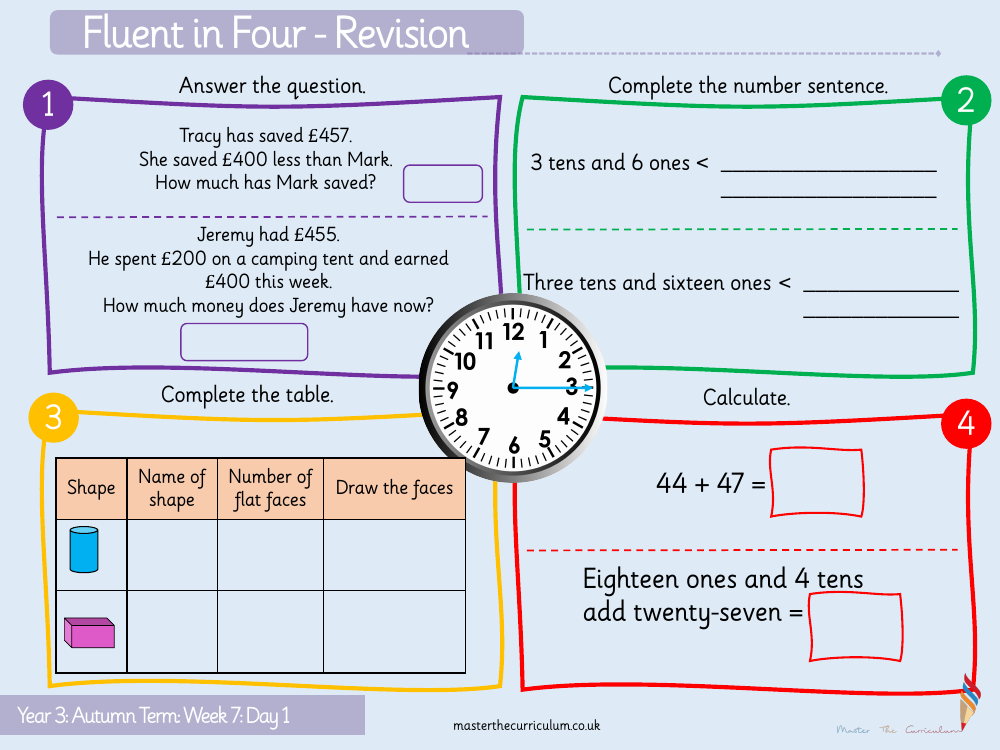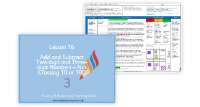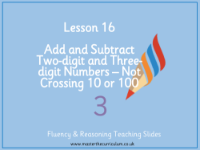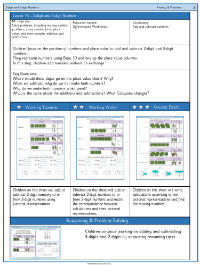Addition and subtraction - Add and subtract two-digit and three-digit numbers not crossing 10 or 100 - Starter

Maths Resource Description
The starter activity for Year 3, Autumn Term, Week 7, Day 1, focuses on reinforcing addition and subtraction skills with two-digit and three-digit numbers. The exercises do not involve crossing the tens or hundreds boundary. Students begin by answering questions such as adding eighteen ones to four tens and then adding twenty-seven, with the correct answer being 85. They also tackle straightforward addition problems like 44 plus 47, which equals 91. These tasks aim to build fluency in basic arithmetic operations and confidence in handling numbers.
Further exercises require the children to calculate and complete number sentences, enhancing their understanding of numerical relationships. For instance, they are asked to determine how much Mark has saved if Tracy has £457 and she saved £400 less than Mark, which results in Mark having saved £857. Another question involves Jeremy, who initially had £455, spent £200 on a camping tent, and then earned £400; students must work out his new total, which would be £655. Additionally, the students compare numbers with phrases like "3 tens and 6 ones" and must find a number that is greater, yet within a specified range. The activity also includes a section on shapes, where students must name shapes, count their flat faces, and draw them, such as a cylinder with 2 flat faces and a cuboid with 6 flat faces. These varied tasks help to consolidate their mathematical knowledge and apply it to real-world contexts.



